That's what I thought you'd ask.
Some of you might remember back to spring of 2022 - if our email's and announcements from the Ranch were not getting sent to your spam folder, you might have received a quick newsletter from us that spoke of a Government Funded Project we had applied for to help change agriculture for the future - it was called the Climate Smart Commodities Grant. We asked for letters of support, from you, our customers.
Well, moral of the story is that we had proposed to change, in effect, the way America Ranched, from conventional to regenerative, starting with a small, seed group of trainees under my tutelage, that would eventually grow into 700+ regenerative ranchers within the first five years - we called the company "Carbon Vault" and the concept E2RP.
Here is a quick summary of our E2RP concept;
"Transitioning to regenerative ranching is not easy, especially for small-scale ranchers and herd managers who may lack the resources and knowledge to implement these practices. This is where the Carbon Vault's Erosion and Ecosystem Rapid Repair Protocol (E2RP) comes in.
E2RP is a process that leverages mismanaged land and animal potential with unique, measurable, carbon-sequestration training, techniques, and implementation for underserved ranchers or herd managers. Its goal is to accelerate regenerative results, enabling swift conversion from conventional to regenerative agriculture with minimal economic and life disruption.
The foundational understanding of E2RP is built upon the premise that erosion starts at the highest point in an ecosystem. Grazing area peaks suffer the most damage under conventional practices, as cattle instinctively seek high ground for protection, causing significant harm. To remedy this, project participants will learn to focus on soil rather than animals as a resource by developing a Holistic Management® Context and Grazing management plan that limits grazing time, allowing plant systems to regenerate and grow.
But a greater problem remains: how is growth propagated at higher elevations again if nothing, but bare soil remains? This is where E2RP applies a beneficial growth medium to promote and restart seedbed activity, a critical component of regenerative agriculture.
Once growth takes hold and plant roots promote water infiltration and retention, other plants can propagate, leading to the reintroduction of cattle through controlled, holistic planned grazing within a holistic context - first at lower elevations, and then gradually at higher elevations as the plant systems regenerate and grow."
We invested over 400 hours writing that proposal. It had a 35 page line-item budget, alone. The proposal had been read by experts in numerous fields from finance, to technology to Agriculture. It was the second most intense academic project I had ever worked on.
After Ranching all day, running the company and being a world class grandpa, I came home, lit the midnight candle and hammered away at research, spreadsheets and curriculum.
Later that summer, we took on three interns. They were awesome! Each stayed on our Ranch in Wyoming, ate with us, worked with us and learned from us. I had not yet heard back on the Carbon Vault proposal, but was absolutely sure that the Government would want my idea. I was, after all, proving we could do what we proposed.
So, what happened?
…drum roll please...
It was rejected.
No explanation, no advisory notes, nothing. Zip. Zero. Not even "Hey, hippy-rancher-dude, your idea sucks, come back later when you learn to write"
Well, then, who did get the money?
You guessed it... Big Ag, Big Pharma and Big Ed.
The three evil twins of conventional farming. That's right folks, were not only going to ask the inmates to run the asylum, we're going to fund them too...
So, what do we do?
Well, I spent 12 months licking my wounds. And, now, I am healed. Next item on the agenda...
Yep, you guessed it...we'll go it alone.
That right. We're going to fund Carbon Vault and Rancher "U" to teach E2RP on our own. Oh, not to the tune of millions of dollars (at lest not yet) but to the tune of six lovely, hard-working, dedicated David's who are crazy enough to think they can toss a rock at Goliath.
(by the way, to give you an idea of the demand for this, for those 6 spots, we had over 50 applicants!)
We have recently closed our 2023 Internship Applications - we carefully selected six for this summer. We look for kids with heart, soul and integrity (the things we can't teach) so that we can show them soils, animals and skills (the things we can teach).
We plan on doubling our interns each year and will close our guest Ranch for the summer (crazy huh?). We plan to become a 90-day intensive, regenerative agriculture powerhouse.
Here's the catch. We do this for free. The selectees this summer will stay on our Ranch, eat on our Ranch and learn on our Ranch. While we are closed to the public. It will be teach, teach, teach.
My curriculum is not yet fully tested - so these first, lucky few will be the guinea pigs. And, at no out of pocket cost to them.
But, next year - we are asking for your support.
Yep, you read that right. We are looking for sponsors for our interns. We will be launching a website with their biographies, once selected, then you'll be paired one-on-one with each intern. You can offer to sponsor the total cost of the summer or $10 bucks - it doesn't matter to us. Each intern will communicate directly with their sponsors, in video, writing weekly concerning what they are learning, and hopefully, stay in touch after the program.
Our goal is lofty - we estimate that we'll need $18K per intern to keep them on the Ranch at full speed for the summer. SonRise Ranch, INC is going to cover $6K per student and I will donate all my labor and teaching. This leaves a funding gap of $12K per intern.
Its a huge ask, I know. But I also know how you folks are. How many of you stood in the rain at Farmer's Markets to keep us going during our start up. We just want to see that grow. We've got the knowledge, the kids have the desire, we just need the bridge between the two.
Next year, in 2024 - we will have a perfected syllabus a summer's worth of class room and academic teaching experience and our Ranch to launch the first ever, regen Ag school.
But, we've got to start somewhere.
So, if this thrills you, stay in touch. We are not accepting donations as of yet, but we will be for next summer's "school-tern-ship" soon.
In the mean time, pray for us. This is a huge undertaking and we want to be sure it succeeds.
Thanks for all your support.
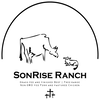
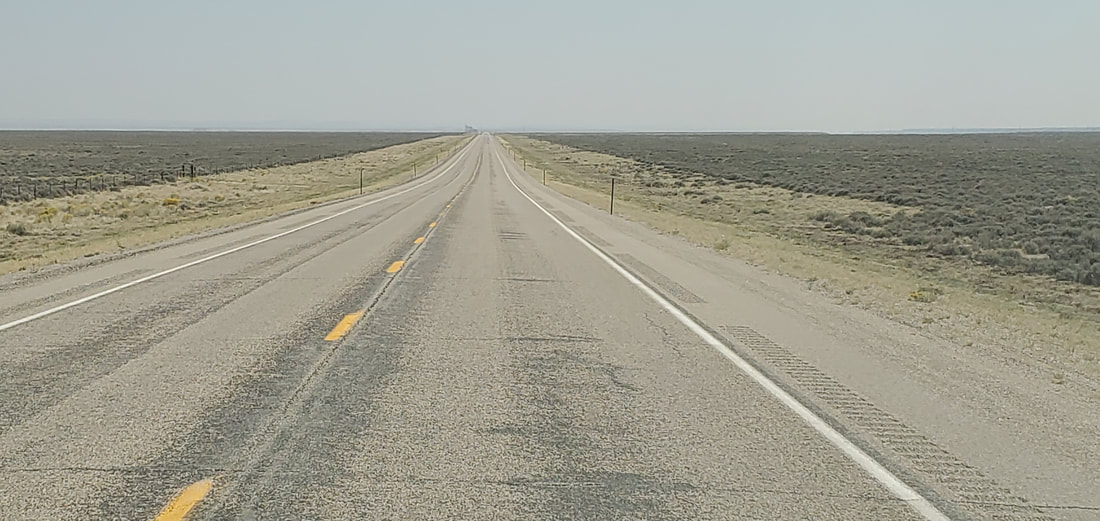
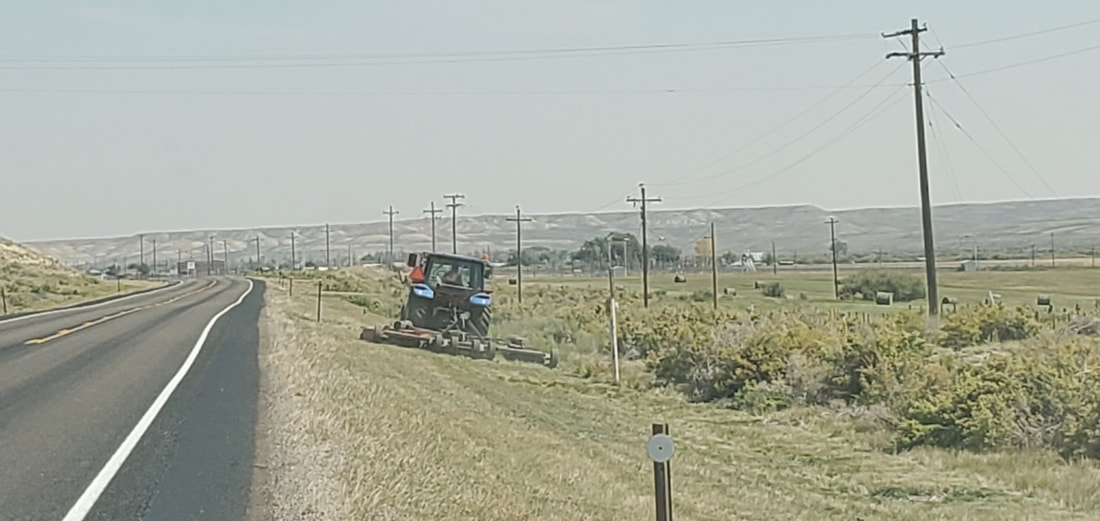
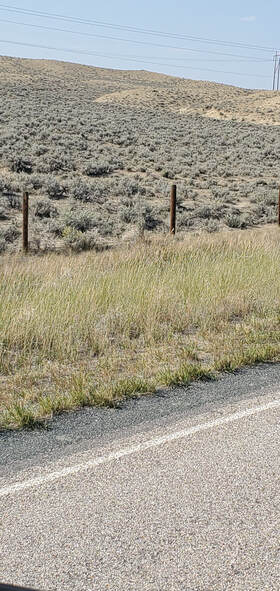

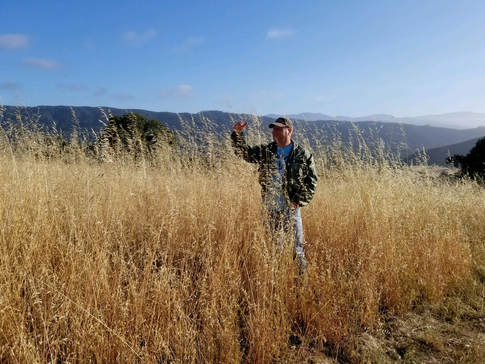
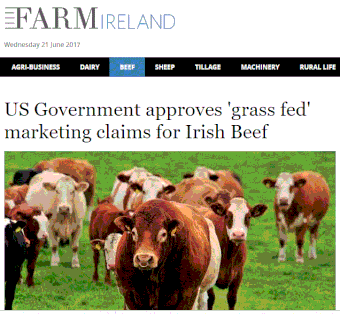
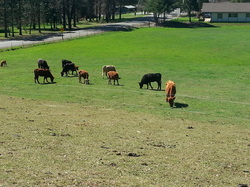
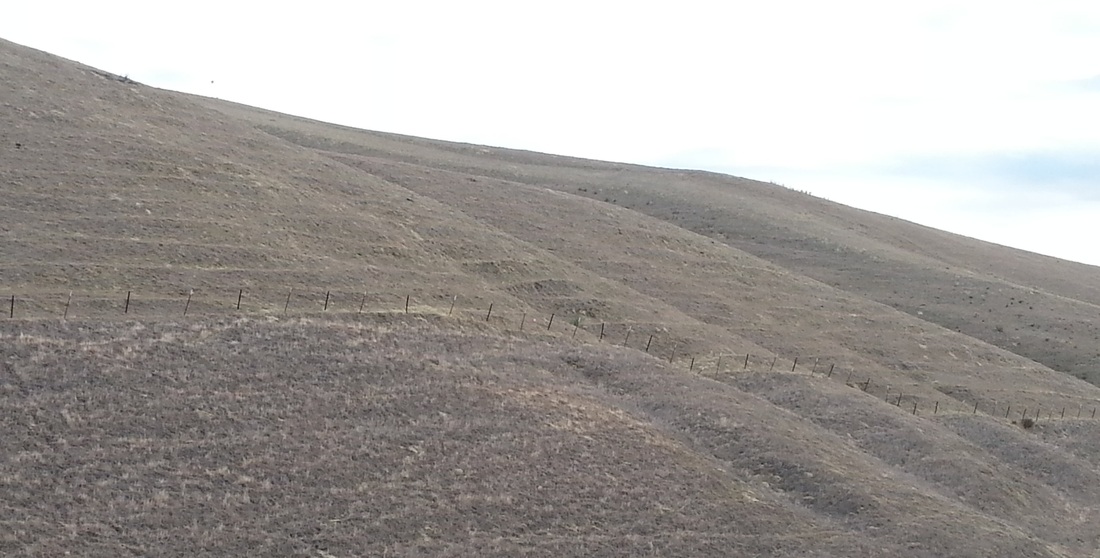
 RSS Feed
RSS Feed